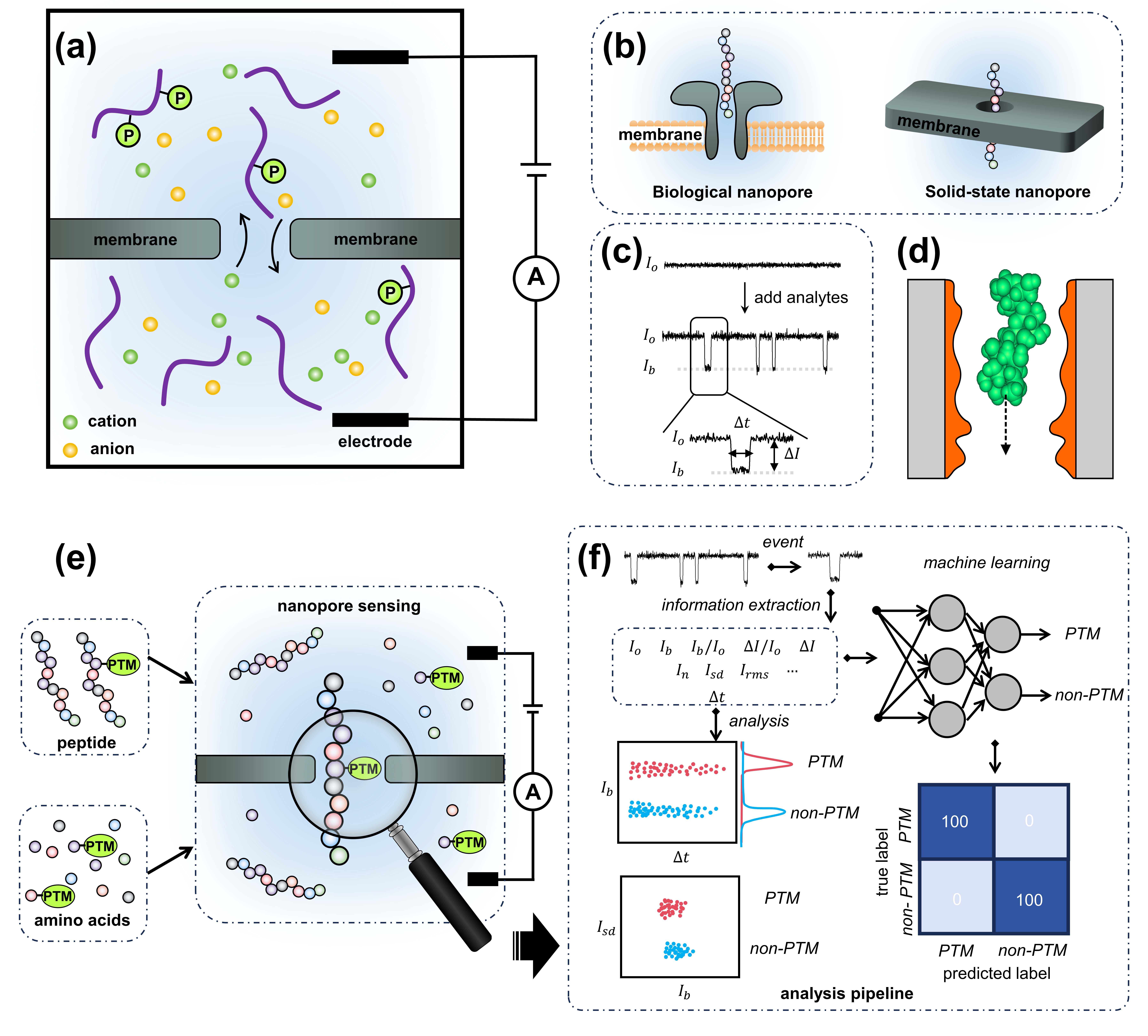Xinjia Zhao, Haijuan Qin, Mingliang Tang, Xiaoyu Zhang, and Guangyan Qing*
Trends in Anal. Chem. 2024, 173, 117658
https://www.sciencedirect.com/science/article/pii/S0165993624001407?via%3Dihub
Protein post-translational modification (PTM) refers to the process of diversifying the primary structure of proteins through covalent attachment of functional groups, protein cleavage and degradation. Currently, there are more than 400 characterized PTMs, including methylation, acetylation, phosphorylation, and ubiquitination, which constitute a huge proteome, making them complex and functional in vivo. The widespread existence of reversible PTMs increases functional diversity and is closely related to the diagnosis and treatment of diseases. For example, for microtubule-bound Tau protein, its hyperphosphorylation promotes the transition from a physiological state to a pathological state, leading to the occurrence of Alzheimer's disease. Glycopeptides have key applications in the development of carbohydrate-based drugs, such as glycopeptide antibiotics and anti-tumor vaccines. In addition, ubiquitination of the tumor suppressor protein p53 plays a crucial role in maintaining its stability. Given the importance of PTM, its analysis methods become particularly critical. Traditional mass spectrometry is difficult to apply in actual clinical applications due to factors such as the high cost of the instrument and the complexity of sample preparation and data processing. Therefore, there is a need to develop high-throughput PTM analysis technology that is easy to operate, rapid and efficient. Considering the principles of genome sequencing, PTM detection may adopt nanopore technology, providing a promising alternative for future research and applications.

Nanopore technology originated in 1996. Based on its extremely high spatial resolution and relatively intuitive detection principle, nanopore technology has formed a relatively complete system and unique functional single-molecule detection method. Nanopore, as the most representative third-generation sequencing technology, has commercialized DNA sequencers. In addition to the application of base sequence determination, in recent years, nanopores have gradually exerted their advantages in the detection of biological macromolecules such as proteins and sugars. Among the seven new technologies worthy of attention in 2023 announced by Nature magazine, single-molecule protein sequencing technology ranks first. Under this trend, nanopore technology, as a solution for protein sequencing, has achieved rapid development in the field of protein sequencing, especially in the field of PTM, in the past decade and has become one of the most promising technologies.
Recently, the research group of researcher Qing Guangyan from the Dalian Institute of Chemical Physics, Chinese Academy of Sciences, published a review article on nanopores as an emerging technology for detecting protein post-translational modifications in Trends in Analytical Chemistry (IF 13.1), the top academic journal in the field of analytical chemistry (DOI: 10.1016/j.trac.2024.117658).